Were was Dante Buried?
Were was Dante Buried?
Dante Alighieri the famous florentine poet renowned all over the world for his "Comedy" isn't buried in Florence. His tomb is situated in Ravenna because he died here in 1321 during the period of his exile. Behind the sarcophagus there is a precious bas-relif sculpted by Pietro Lombardo in 1483 that portraits the poet in front of a lectern. Each year to celebrate his death, the city of Florence offers Tuscan oil to enlighten his tomb.
In the church of Santa Croce, in Florence, is Dante's cenotaph: a memorial monument placed among the most illustrious scientists and intellectuals buried here inside. Even the writer and poet Ugo Foscolo speaks about it in his poem "Dei Sepolcri". The monument was sculpted in 1829 by Stefano Ricci: the personification of Italy and poetry are crying the death of the artist.
Dante is celebrated also outside the church with a XIX century sculpture by Enrico Pazzi. An eagle is represented next to him. Why? Because it is the symbol of the Roman Empire and Dante was a "white guelph", he belonged to one of the two factions guelphs were divided: "black guelphs" and "white guelphs". The first group supported the Pope while, the second one as Dante, supported the Emperor. Enrico Pazzi decorated even the base of the statue with four heraldic lions symbol of the Florentine Republic.
The sculptor and his subject are united by a strange circumstance: Dante was born in Florence and died in Ravenna while Enrico Pazzi exactly the opposite!
In the church of Santa Croce, in Florence, is Dante's cenotaph: a memorial monument placed among the most illustrious scientists and intellectuals buried here inside. Even the writer and poet Ugo Foscolo speaks about it in his poem "Dei Sepolcri". The monument was sculpted in 1829 by Stefano Ricci: the personification of Italy and poetry are crying the death of the artist.
Dante is celebrated also outside the church with a XIX century sculpture by Enrico Pazzi. An eagle is represented next to him. Why? Because it is the symbol of the Roman Empire and Dante was a "white guelph", he belonged to one of the two factions guelphs were divided: "black guelphs" and "white guelphs". The first group supported the Pope while, the second one as Dante, supported the Emperor. Enrico Pazzi decorated even the base of the statue with four heraldic lions symbol of the Florentine Republic.
The sculptor and his subject are united by a strange circumstance: Dante was born in Florence and died in Ravenna while Enrico Pazzi exactly the opposite!
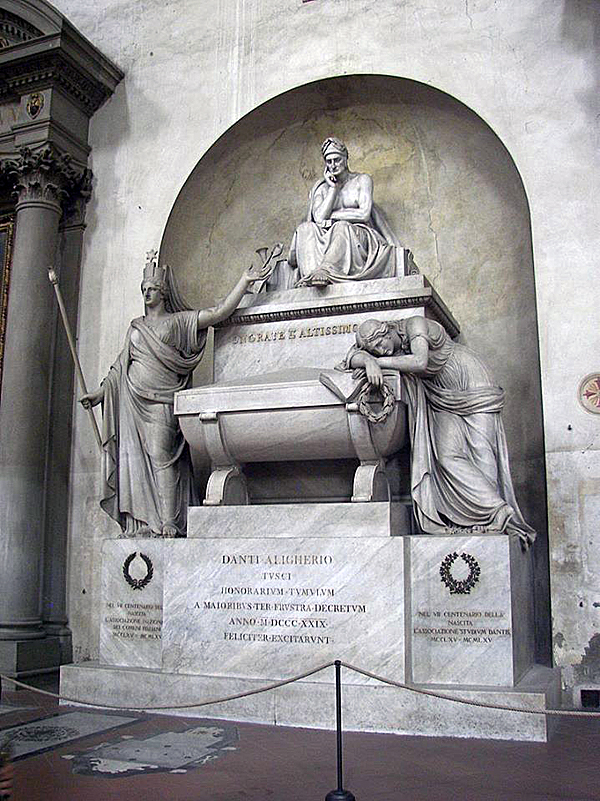
Dante's cenotaph in the Church of S. Croce
Altri articoli
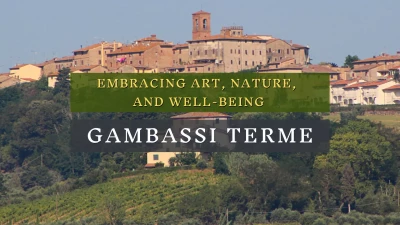
Gambassi Terme
Prominence on Via Francigena.
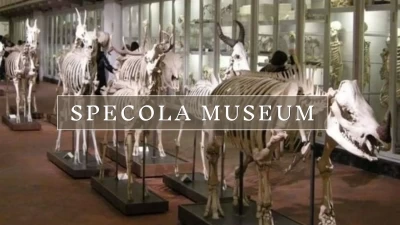
The Museum of La Specola
Home to a vast collection of zoology and anatomy, with lifelike wax models crafted by master artisans.
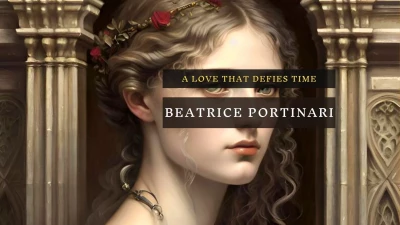
Beatrice Portinari, the impossible love
The impossible love of Dante and its impact on literature.
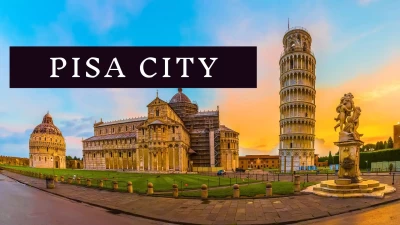
Pisa, a Glorious City
Located along the Arno River, Pisa boasts a rich history and a glorious past as a maritime republic.

